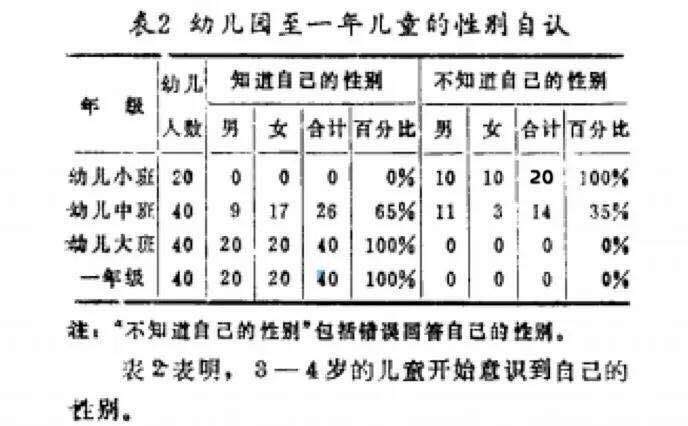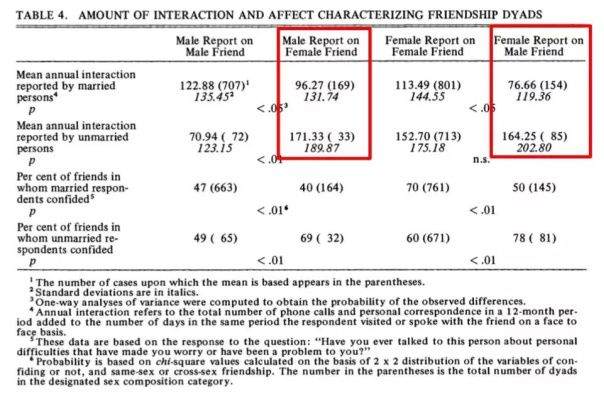Hello everyone, I am Zhang Xin, an associate professor in the School of Psychology and Cognitive Science of Peking University, and a person who explains and changes life with psychology.
Today, I would like to talk to you about a topic: Is there any pure friendship between men and women?
Regarding this ultimate question, a talk show actress once answered:
[Yes-my husband and I are. We are simply too pure to even have any evil thoughts.]
This statement is correct from the perspective of developmental psychology-husband and wife are really a kind of relationship between men and women with low sexual attraction, but she is not comprehensive enough. Besides husband and wife, children and the elderly also have pure friendship between men and women.
However, what we are talking about today only refers to the intimate relationships in the core circle, such as men’s best friends and confidante… There is still pure friendship between men and women in non-core circles, such as good colleagues and ordinary friends.
Pan-gender stage
From the perspective of gender (and gender awareness) development, children before the age of 6 are in the pan-gender stage and gender awareness is not perfect.
Everyone is just a child, does not understand the difference between men and women, and has no sense of communication for the purpose of sex. He thinks innocently and friendship is of course pure.

Photo Source: Provided by Author
Gender segregation stage
At the age of 6 to 12, individuals enter another typical stage-gender segregation.
At this time, let’s not talk about impure friendship. There is not even friendship.
The main reason for gender segregation is the disharmony caused by the difference in sexual behavior between the two. Therefore, children at this stage tend to choose the same sex partner. Boys only play with boys and girls only play with girls.
Segregation begins in pre-school,
This phenomenon becomes more prominent in the middle of childhood (6-12 years old)

Photo Source: Provided by Author
Adolescent mate selection stage
Erikson’s [8-stage theory of psychosocial development] points out that from puberty to early adulthood, one of the important tasks of human beings is to develop intimate relationships.
During this period, the “impure” cross-sex friendship officially came on stage.
A nine-year longitudinal follow-up found that the proportion of cross-gender friendships increased significantly after puberty. Many of the cross-gender friendships during this period were temptations to establish intimate relationships, motivated by the desire for future intimate relationships.

Photo Source: Provided by Author
Whether young men and women want to establish a close friendship often involves three considerations:
- Stimulus-physical arousal, that is, looking at the face (which is why many people say [the uglier the friendship between men and women, the purer it is]); Values-whether the three views are in tune; Role-The future division of roles (if both parties consider this step, they will almost certainly enter a love relationship).
Heterosexual friendship has a positive effect on adolescents. Parents should guide it and should not brutally prevent it.
First of all, trans-gender friendship does not necessarily develop into a relationship between male and female friends. In the process of getting along, attempts to establish close relationships are often interrupted because of the disagreement of one of the above factors.
Moreover, even if trans-gender friendship is not successful, it has positive functions: it can enable young people to experience diversified friend relationships, learn to get along with the opposite sex, and be more able to look at problems from the perspective of the opposite sex, thus preparing for future development and entering intimate relationships.
Stage of emotional stability
When a person enters a stable intimate relationship (such as love and marriage), many heterosexual friends around him will disappear.
A 1974 survey of 800 middle-aged subjects showed that their friends were still mainly same-sex partners, with less than 30% of heterosexual partners.
Look at the difference between married and unmarried individuals in the following figure: the average number of interactions between unmarried men and women and the opposite sex per year is about twice that of married men and women.

Photo Source: Provided by Author
In middle age and old age, the friendship between men and women is relatively pure.
At this time, the individual’s interpersonal needs for the purpose of developing romantic relationships will be greatly reduced, and the opposite sex will be able to communicate with each other normally with a normal heart. Moreover, there is a special and typical [pure friendship] mode in middle age, which is the [relationship between husband and wife] mentioned above.
The reason why the sexual attraction between husband and wife gradually disappears is actually due to a mechanism of brain protection for oneself.
Because passion consumes nerve resources, the brain will constantly raise the threshold for your passion triggered by the same thing in order to save nerve resources. Therefore, when you face the same person day and night, it will become difficult to mobilize the same passion as before.
So sometimes my wife jokes that we are actually a pair of good roommates: when the weather is fine, we will go to an alley together; It rained, a glass of red wine with a movie; I forgot my key and a phone call will open the door for you. Hungry, call you to take out the order together…
Well, so… I wish all lovers in the world good roommates!
Finally, if you want to know more interesting psychological knowledge that is closely related to life, such as: Why are parents so gullible? Why can I delay with ease? Why do I support the explicit prohibition of teacher-student love? You can search on WeChat: Dr. Xin Neo-Confucianism, paying attention to my WeChat public number Dr. Xin Neo-Confucianism, may overturn your previous understanding of psychology ~
